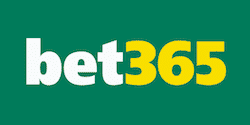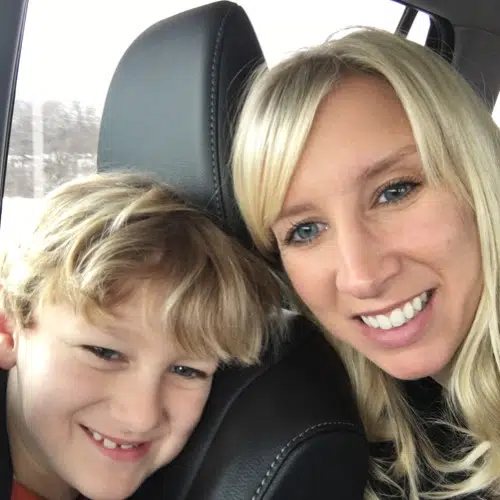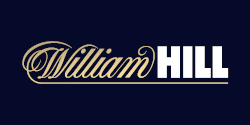The British Horseracing Authority (BHA) gives horses an Official Rating (OR) as a means of helping us determine the quality of the horse. Official BHA ratings in horse racing are an essential component of handicapping because it enables official handicappers to decide how much weight a horse should carry in each race. Horses can only compete in a certain Class of race if they fall within the specific OR range.
According to the BHA, it has 11 handicappers who work tirelessly to ensure the sport remains competitive. It publishes a list of updated ORs every single week. The higher the rating, the better the horse.
Best Legal Horse Racing Betting Sites

Each rating point equates to one pound of weight. So a horse rated at 115 should carry 7 pounds more than a horse with an OR of 108. The ratings are different in Flat & AW races and National Hunt events. Incidentally, the top Flat and AW horses are rated at 115+ while top NH horses tend to have an OR of 140+.
Official Ratings vs. Racing Post Ratings
Experienced punters are often more faithful to the Racing Post Ratings (RPR) than they are to the Official Ratings in horse racing. There is often quite a disparity between the two sets of horse ratings, and some betting experts believe you should consider selections that have an RPR of 10 points higher than their OR. However, you’ll find that this happens with several selections a race!
For example, you might see a horse with an OR of 73, but it fails to run to expectations. A quick check on the Racing Post website reveals that the horse had an RPR of 68. In other words, the Racing Post team believed the horse was overrated and issued a lower rating than the horse’s OR.
To give the Racing Post team credit, they are often correct which is why the publication is arguably the world’s best horse racing authority. (This writer certainly does not consider himself anywhere near the equal of the Racing Post team).
I will probably write a separate post about RPR, but in this piece, it is all about the OR of horses.
Isn’t The Top Rated Horse The Best in the Race?
The simple answer is ‘no’ for a variety of reasons. As good as the handicappers at the BHA are, the OR they assign to each horse is an estimate which means the horse could be underrated or overrated. Likewise, the RPR of each horse is not a rock-solid indicator of a horse’s ability in comparison to the rest of the field.
As I said, there are a number of reasons why OR and RPR can’t be counted on 100%; not least the practice of trainers gaming the system. For example, a trainer could breed a 2-year-old horse for middle-distance races and enter it into sprints in the knowledge that it won’t fare well. Sure enough, the horse lacks raw pace and fares badly. It receives a low OR of 53 by the end of the season.
As a 3-year old, the trainer enters the horse in middle distance races under its low OR. ‘Amazingly’ it starts winning races off its artificially low mark. While this isn’t a frequent phenomenon, it happens more often than you might think.
Let’s see how Top-Rated horses do in races since 2015 from the punter’s perspective.
| Race Code | Win % | ROI (BF) |
| Overall | 21.36% | -8.07% |
| National Hunt | 22.46% | -10% |
| Flat | 19.79% | -6.75% |
| All-Weather | 21.78% | -6.33% |
Clear proof, if any was needed, that the top rated horse in a race is not always worth backing. In fact, the highest rated horse wins little more than one-fifth of the time hence the awful ROI loss figures. Indeed, despite having a much lower win rate, backing the lowest rated horse in the rate would give you more or less the same ROI losses.
Things get a little better when you focus on top rated horses that are also clear favorites. They win over 41% of the time, but you still lose 3.82% on Betfair since 2015. Even backing odds-on favorites leave you with a loss of almost 3%.
If you focus on National Hunt favorites that won their last race, your loss comes down to 0.78%. Stick to Class 4, 5 and 6 races, and you get a profit of 4.93%. Finally, bet on Handicap races only and your ROI increases to a reasonable 14.72% with profit in each of the last 3 years. With almost 100 bets a year, you have a system worth your while.
Other Statistics
What about horses moving up or down in Class? Horses moving up could still be in the midst of a hot streak whereas horses moving down might be too good for lower grade company. Let’s find out.
Top Rated & Moving Down in Class
Horses in Flat races are by far the most interesting option. By adding in a drop in class, backing top rated horses goes from a loss of 6.75% to a loss of just 0.39%; even though the win ratio drops slightly. Horses that drop to Class 3 races (from Class 2) provide 42% profit since 2015, but alas, this figure is a mirage as it is boosted by a remarkable 2015.
Top Rated & Moving Up in Class
This strategy is a complete money pit! You will suffer double digit losses betting on all three codes for any horse taking a step up in class. Indeed, it is worth laying these horses as doing so in All-Weather races yields a profit of over 9% since 2015.
A Horse’s Rating in Different Classes
This is the final set of statistics I will look at and involves horses within specific OR ranges competing in races of a certain Class. Rather than going through the long list of data I researched, here are the highlights:
- Horses with OR 45-50 in Flat, Class 6 Handicap Races = 6.3% ROI
- Horses with OR 55-60 in AW, Class 5 Handicap Races = 14.81% ROI including an excellent 2017 so far.
- Horses with OR 76-80 in Flat Class 3 races = 10.59% ROI including a good 2017 so far.
- Horses with OR 70-80 in National Hunt Class 5 races = 11.91% (Very consistent over the last 3 years).
Final Words
There is no ‘magic’ OR where a horse suddenly becomes a sure thing. The BHA handicappers do a superb job of ensuring that handicap races are tough to call and the bookies tighten their belts when it comes to non-handicap events. There are of course a few profit systems, but I must warn you, the win rate is quite low, so value is the order of the day.
One final point: Look for horses that are clearly outclassed in OR terms. For example, a horse with an OR of 50-55 competing in a Class 5 event. More often than not, you can make a profit from laying the horse. While there is an upper OR in each Class, trainers are welcome to send horses with a low OR into a race with better-rated rivals.
Even in handicap races, these horses are usually badly off the pace. For instance, since 2015, there have been 192 entries with an OR of between 50 and 62 in Class 4 races in Flat and AW codes; only 3.57% have won.

Alicia is a regular contributor to OnlineBettingSites.com providing fresh insight and a factual take on current events within the international online betting industry.



